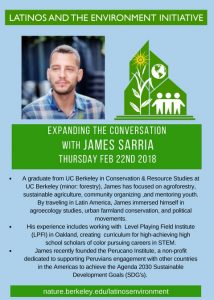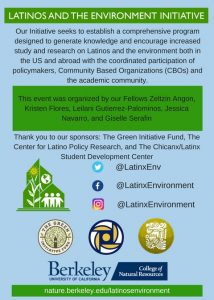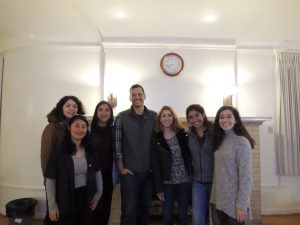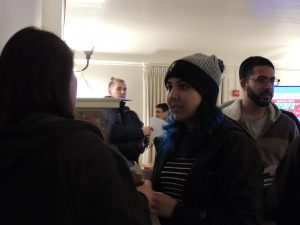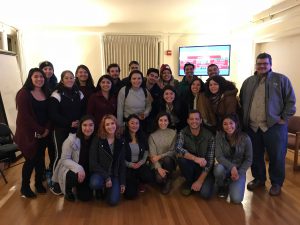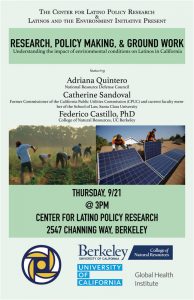The most important thing about pesticide use is that we don’t know about it.
In California, families living in agricultural areas using pesticides have high development rates of neurological disorders, primarily Parkinson’s disease. Children living throughout the Central Valley where pesticides are used in agriculture are particularly vulnerable to the development of these diseases. It should come to no surprise that chemicals used to kill pests are highly toxic to human health–deadly as a matter of fact. If we had to pay for the social, public health and environmental costs of pesticide chemical products, the price of food would be resisted throughout the state. The EPA has been fighting pesticide use and exposure throughout California. Yana Garcia, the acting Assistant Secretary of Environmental Justice and Tribal Affairs at CALEPA, agreed to speak with us about her work in serving as the Assistant Secretary of Environmental Justice and Tribal Affairs at CALEPA. Her work includes protecting communities from toxic environmental exposures and enforcing human rights. As we sipped on our hot drinks at a local Latin-American cafe in downtown Oakland, she explained to me the new California statute in charge of monitoring pesticide use. Although there are a plethora of things we are warned to keep on our radar, pesticides is one that should be towards the top of the list.
Y (Yana): The Federal Statute that governs pesticide use is called FIFRA, the federal insecticide, fungicide, and rodenticide act. That statute was really designed to stimulate the growth of the agricultural economy and the growth of chemical products that would assist in agricultural production. The main thrust of the statute is to look at how we can support or facilitate the registration of pesticide products while counterbalancing some of the environmental impacts that we know are caused by pesticides, since pesticides are known to kill biological species, mainly pests. There aren’t really strong provisions within FIFRA that allow us to articulate human health impacts in a way that is all that helpful from an advocacy perspective. It also sets up the structure that then influences what all the states do with registration. For example, the department of pesticide regulation operates under the general guidance provided by FIFRA, and I’d say there’s weak standing for a lot of public health protections in that realm. That has always been a challenge.
V (Valentina):What is needed to stimulate more attention in that area?
Y: A couple things, I think better health data would definitely be helpful, but I don’t think that is the sole answer, because I’d also say we have a lot of health data that is either ignored or is not taken seriously enough. I think a mass consumer based movement would be helpful. There is a pesticide that is still on the market called Chlorpyrifos that has garnered a lot of public attention in the last few years. It’s extremely harmful, and is known to cause neurological impacts that are really really dangerous, particularly for kids, yet it’s used pretty prevalently throughout the state of California. When people think of California they think of organic foods and sort of fad healthy diets and environmental movements and in many cases we see that is the case. We have a lot of farmers markets, a sort of farm to table culture , and many consumers here prioritize organics. But when it comes to actually drilling down on what some of the most harmful pesticides are, we’re sort of lacking the same kind of attention that we put on say greenhouse gas emissions. So one we have all of this movement towards reducing greenhouse gas emissions, reducing your carbon footprint, and we think about that now as consumers I’d say, not as much as we should, but at least some. We need to also start thinking about what we do in our day to day lives to facilitate the decrease in the use of of pesticide products. One thing that would help is product labeling, so today if you label something “non-GMO”, it’s kind of popular. You have fair-trade labels, you have gluten free and paleo labels, all these things, so why not slap on a labels that actually show, CPF, or chlorpyrifos, or organophosphate free, or some kind of a direct correlation to a product that we are trying to get off the market. And a third thing thing is that our regulators really need to take their jobs much more seriously to do more than what is required, as a bare minimum protection. So this kind of goes to the overarching problem. The FIFRA statute, another statute that sort of governs how we regulate pesticides aren’t going to protect us. They are not going to be the gold standard that we need to live by in order to protect our health.
V: It needs to be ahead of the legislation.
Y: Exactly, it needs to be ahead of the game. And maybe we also legislation. We might need some serious federal legislation and/or state legislation that will help us phase out some of these products and enhance on some of the weak statutes that we currently have in place.
V: We need feel empowered in ourselves to start changing without waiting for legislation to follow. How have things changed in the past 15 years in this field in the work that you are doing?
Y: So I’d say in the context of my work, and I generally only work within the state, so I’ll keep my comments pretty limited to that, but I think the articulation of Environmental Justice as a concept, that can and should be informing all the work that we do within the environmental movement and within our regulatory work as state agencies and at the state level has been huge. I still think we have a long way to go. And in some instances people can tend to think of it as a fad, but in many places, 10-15 years ago, people didn’t really know what environmental justice was or didn’t really think about it. And I’ve seen that across the board, not just in the state agency where I now work, but I’ve seen it in the non-profit space, I’ve seen it in the general environmental movement, in the public interest environmental movement, this sort of grappling with what the intersection is and should be between environmental conservation and social justice. And racial justice and equity. There is somewhat of a tendency to give it nominal treatment, maybe some superficial treatment, and not really engage in the root causes of way racial inequities persist today that are really based in racism and economic inequities, but I still think that even in those instances it’s a conversation starter and maybe in many ways an opportunity to go deeper and get more. So, I’d say that is one of the biggest things that has affected the type of work that I do.
V: What are some sources of inspiration or solutions that have been effective in other places or here?
Y: I don’t know that it is necessarily a solution per say, but here in the state of California, almost every year there have been a set of bills, not just one or even two, but more like 3-5 minimum, that have something to do with environmental justice and something to do with addressing impacts that affect disadvantaged communities in particular throughout the state in the environmental realm. And I think that directly relates to the movement building that’s taken place in the state so we’ve seen a lot of broad based coalitions evolve into pretty sophisticated alliances. So the California Environmental Justice Alliance is one example of that where small place-based organizations doing work that is really at the grassroots level that is really based in particular communities can come together and actually develop the narratives that build strong capacity for those types of legislative winds to take place. EJ is inherently a very local concept right, you are looking at the various effects of not just environmental issues but socio economic issues, political issues, and disparities–what those effects actually cause on the ground. So you are taking a very intersectional approach, but you are really looking locally within a particular city, an incorporated area, a neighborhood, you are really looking at what the effects are in this location, whatever that may be. In many instances it’s actually not cities, sometimes it’s rural areas, sometimes they are unincorporated areas, sometimes they are communities that are largely farmworker communities where they don’t have the infrastructure that a city or municipal government would offer because they are fully unincorporated. With that you have this very grassroots level of focus, so you might not be developing the networks necessary to create change at a statewide or even regional level. And I think what we are seeing more of is that these state-wide networks, or regional networks, are developing, so it’s giving this extra life to a lot of these efforts that we have seen so often that are happening all over the place on the ground, and I think that’s really important because it creates a platform that gives a lot more power and thrust to issues that are being fought on the ground.
V: I am interested in hearing more about your work with Tribal Affairs.
Y: So there are a lot of aspects to it, but I guess I’ll focus on the helpful general aspects. First, it is interesting and in many ways beneficial I think, that our Tribal Affairs work at CALEPA is housed within the same unit as our environmental justice work. I think there are actually some pros and cons to that. On the pros side, there’s actually almost no better example of environmental justice issues from the perspective of sheer racism and genocide when it came to really taking over natural resources than how tribes have been dealt with not just in this country but across the Americas, across the world actually, so it is in some ways really relevant to keep Tribal Affairs within the Environmental Justice and Tribal Affairs Unit. The downside is that particularly because I am at a state agency, and state agencies are less versed in dealing with Tribes than Federal Agencies are because of the nature of the relationship between tribes and states versus the Federal Government. Sometimes the tribal work can get a little side-barred, a little siphoned off from the rest of the work. The EJ work here in California has grown and developed so much largely because we have the Greenhouse Gas Reduction Fund, which is the fund of cap-and-trade proceeds, that is now required to go in some percentage to disadvantaged communities, and so that whole area of investments-based work is also housed within the Office of Environmental Justice, at least in part. So there is a lot of work in that area, and it takes over, and the tribal work doesn’t always get its due attention and its due level of resources. So there is that kind of pro and con. The tribal work generally consists of not just looking at the environmental impacts of some of our regulatory work, but also really thinking about the assumptions and culture that much of our staff and even some of our executive leadership have around the role of the state in relation to tribes. There is an assumption, for example, that state agencies don’t have to deal with tribes because we have no jurisdiction over tribal lands, and that assumption is obviously wrong, because when you think of environmental media it’s not like water contamination or soil contamination or air pollution stops at any form of a border. The assumption also lies in the fact that there’s a misconception I think that tribes don’t want to work with the state, that tribes only want to work with federal government, and in my experience that is not the case. There are a lot of barriers to break down to talk to state agencies about the role that they should have in terms of engaging with and interacting with tribes. We do a lot of work in terms of providing guidance on what are called consultations. Consultations are government to government communications and negotiation processes between tribes and government agencies. Usually that involves federal government agencies, and federal government agencies have more of an articulation of what consultation entails, but it’s also with state agencies. So a big part of what I do is work with all of our various boards and departments and even sometimes other agencies whether those are local or regional agencies to think about whether their consultation practices are really meeting the goals of providing government to government consultation that respects and honors tribal sovereignty the way it should be.
V: What is the challenge there?
Y: There is usually an unwillingness to provide the type of leadership that tribes expect or desire in certain instances. So for example, a tribal chair should be meeting with the highest decision maker of a particular agency or department or really a particular government. So sometimes a tribal chair may demand to speak to the governor himself, and oftentimes, most of the time I’d say, that is not possible to accommodate. So the current governor, Governor Brown, put in place a tribal advisor position, so he has a tribal advisor, whose role it is often times to be deployed in these types of situations where maybe his presence is requested, but he can’t be there in person. She engages on his behalf. I think the real challenge for many agencies to wrap their heads around is that the real question of who should be the appropriate person to have in a consultation; it’s really the person who will be the ultimate decision-maker with respect to whatever issue is giving rise to the need for the consultation. Say it’s a beneficial use. Beneficial uses are the underlying way that you establish a water right by the state water board, and so defining what that beneficial use is, maybe it’s a cultural use or maybe it’s a subsistence fishing use by a tribe, should go to the head of the water board, or their designee, because the head of the water board might be making the ultimate decision about whether that beneficial use is going to be recognized or not.
V: What would you like to see in the future of the line of work you are doing?
Y: More representation, more people of color. And I know that it’s not necessarily like we get people of our background in these positions and all of our problems go away; however, I think we need to make a concerted effort to get folks of color into these positions to just increase the awareness of these issues and these positions as attainable. And people talk about the symbolic role that Obama’s presidency had in a way that almost diminishes the power of the symbol. The power of the symbol is everything sometimes. I think there’s a lot to be said for young kids for seeing scientists that look like them, seeing leaders in the environmental movement look like them. There’s a lot of power in that and by and large right now, in the environmental movement, there is so much work to be done in terms of increasing representation. Every time we think that we’ve made some progress, which is not to diminish the progress we’ve made, it’s still so apparent how much more progress we need to make. When you look at the numbers, they still are abhorrent. And we really need to fix that. So that’s one. Two, I think we have done a lot of work, particularly in the state to increase investments and focus in disadvantaged communities, and I think that’s been really great. I’d like to see more comprehensive technical assistance provided in tandem with those investments, so that we can ensure that those investments aren’t one time cash flow opportunities but they’re really long term opportunities that come with support over the longer term to make sure that implementation of various projects goes well and that we are not exacerbating current socio political inequities. So for example, climate investments in a city like Oakland have to come with really clear requirements and support to meet those requirements to ensure that vulnerable residents aren’t displaced, that homelessness is also being addressed. That we are not just looking at climate in a single sphere, but we are looking at it holistically in terms of how it pertains to all of the other issues that low income folks and vulnerable folks are facing.
V: What are some gems of advice that you have to pass on to people who are starting their career EJ work?
Y: Not to sleep on your voice. To really know that your experience matters and that your perspective is valuable. Only you can bring to the table what you can bring. And maybe that seems super different, or maybe you’re thinking it is not particularly relevant to a conversation that is kind of out there that is not directly tied to an environmental issue as it is being framed. Don’t be intimidated by that. I think putting your ideas forward, putting your thoughts forward and your perspective forward is really the only way that we are going to get to where we need to be in terms of actually adopting intersectional approaches to our environmental work—to think of environmental issues as attainable for you and not separate from your experience and your understanding of what is real.

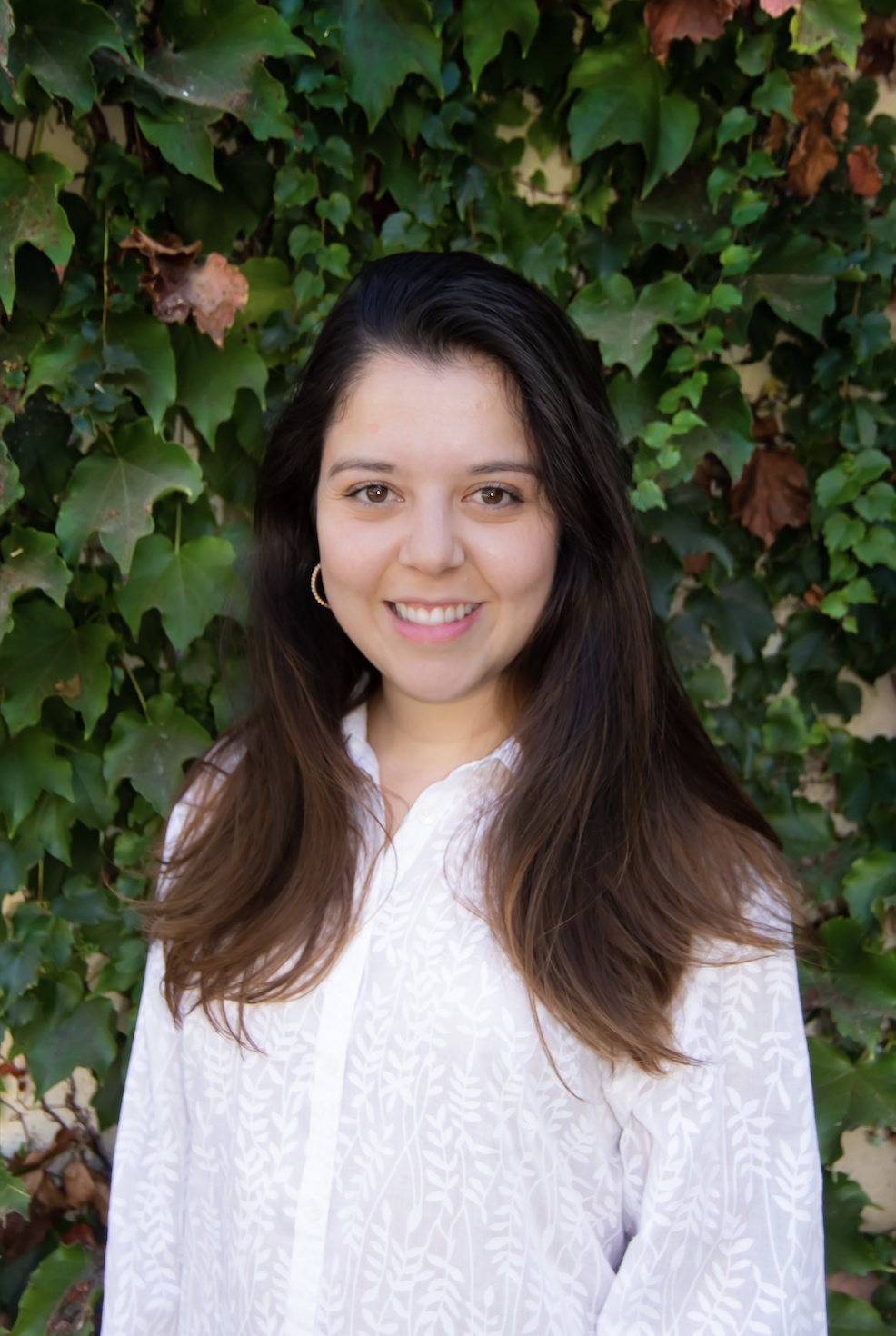
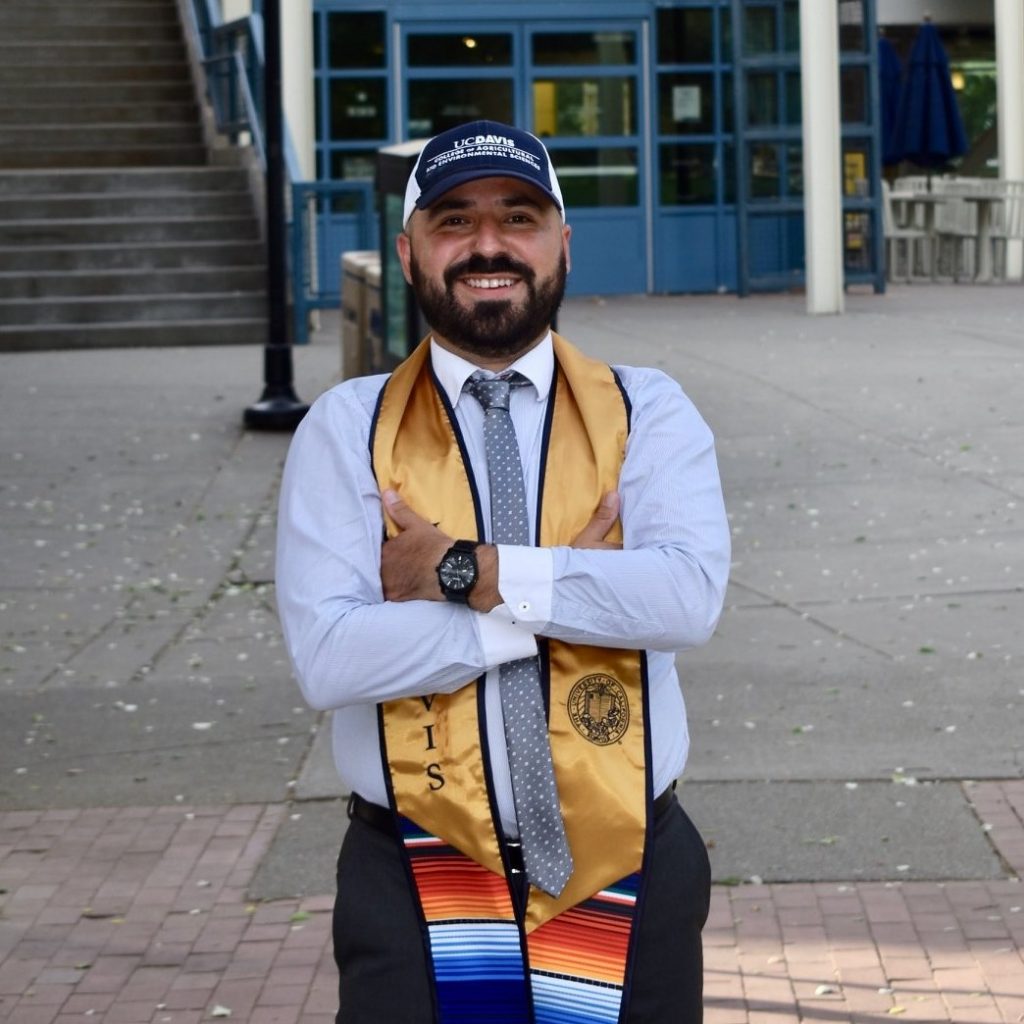
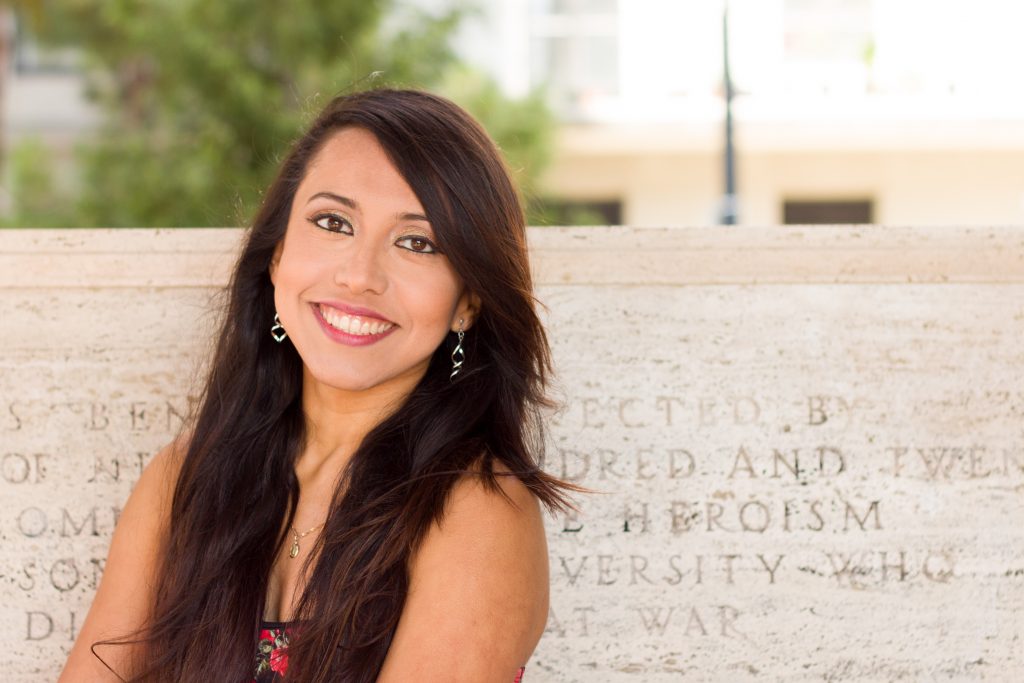
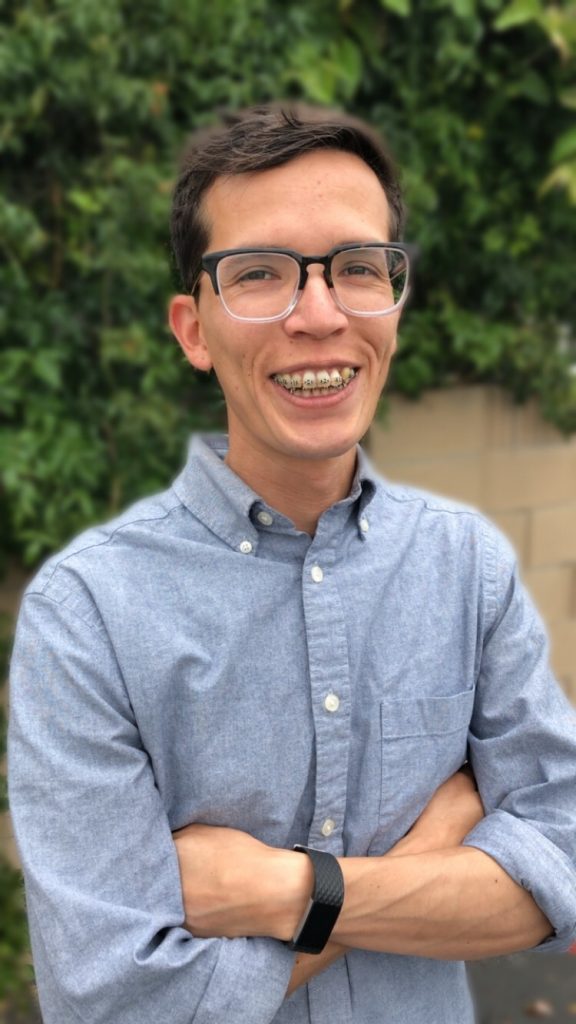

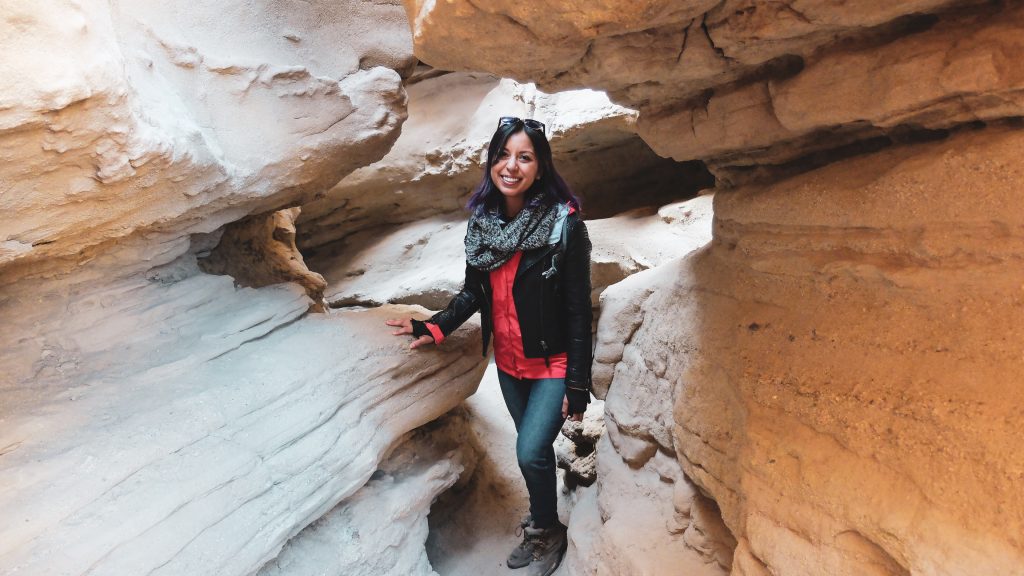
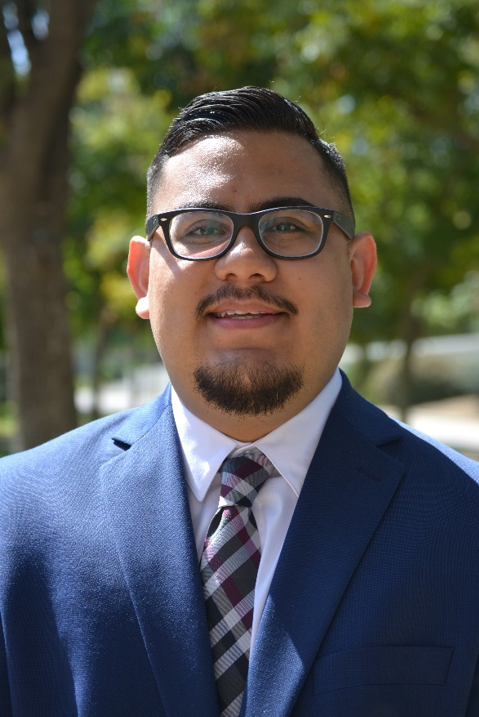
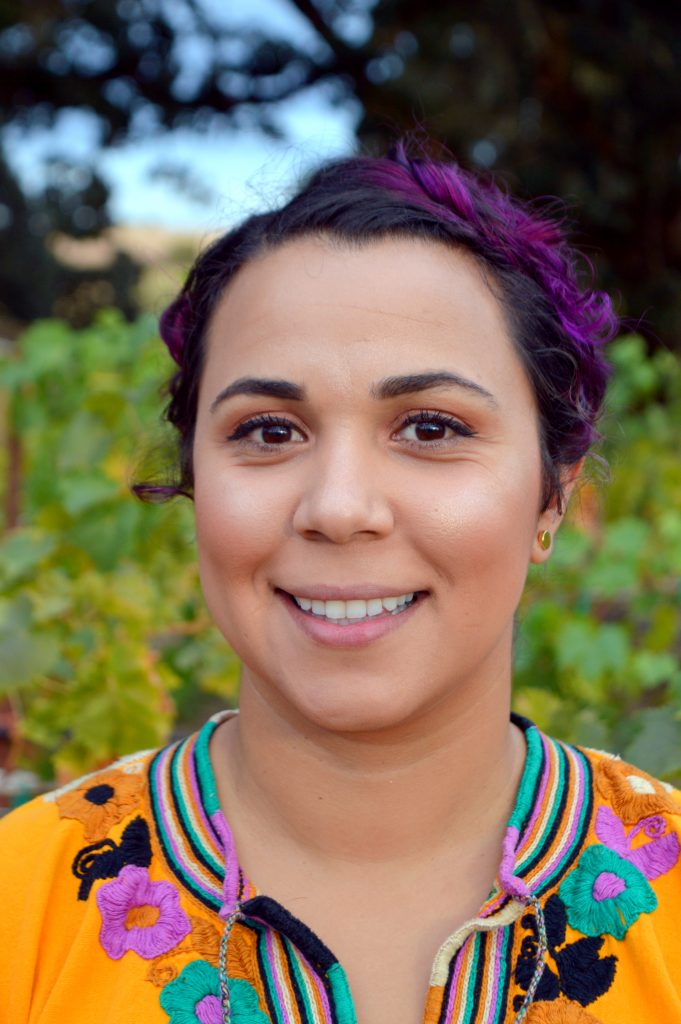

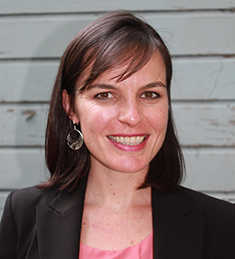 Sarah Sieloff- Director of the Center for Creative Land Recycling
Sarah Sieloff- Director of the Center for Creative Land Recycling